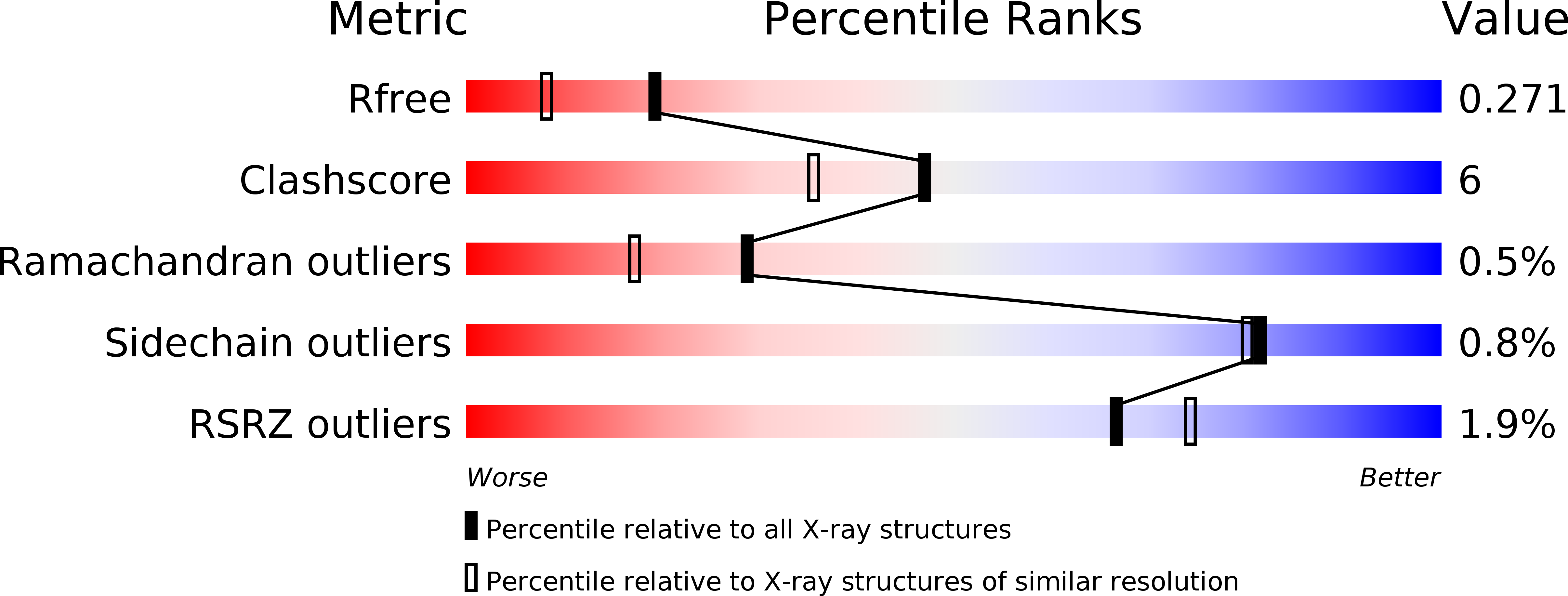
Deposition Date
2016-03-25
Release Date
2017-08-02
Last Version Date
2023-09-27
Entry Detail
PDB ID:
5IZO
Keywords:
Title:
Bacillus NanoRNase A (H103A) + 2 divalent cations + PO4 at the active site
Biological Source:
Source Organism:
Bacillus subtilis (strain 168) (Taxon ID: 224308)
Host Organism:
Method Details:
Experimental Method:
Resolution:
1.95 Å
R-Value Free:
0.26
R-Value Work:
0.21
R-Value Observed:
0.21
Space Group:
P 1 21 1


